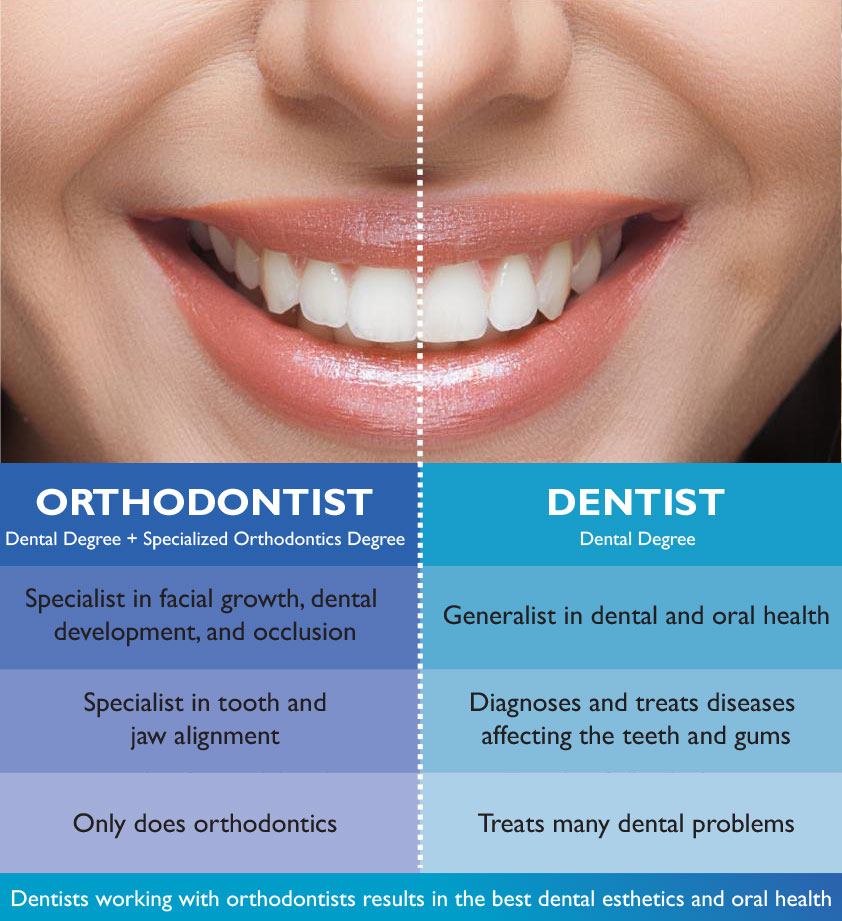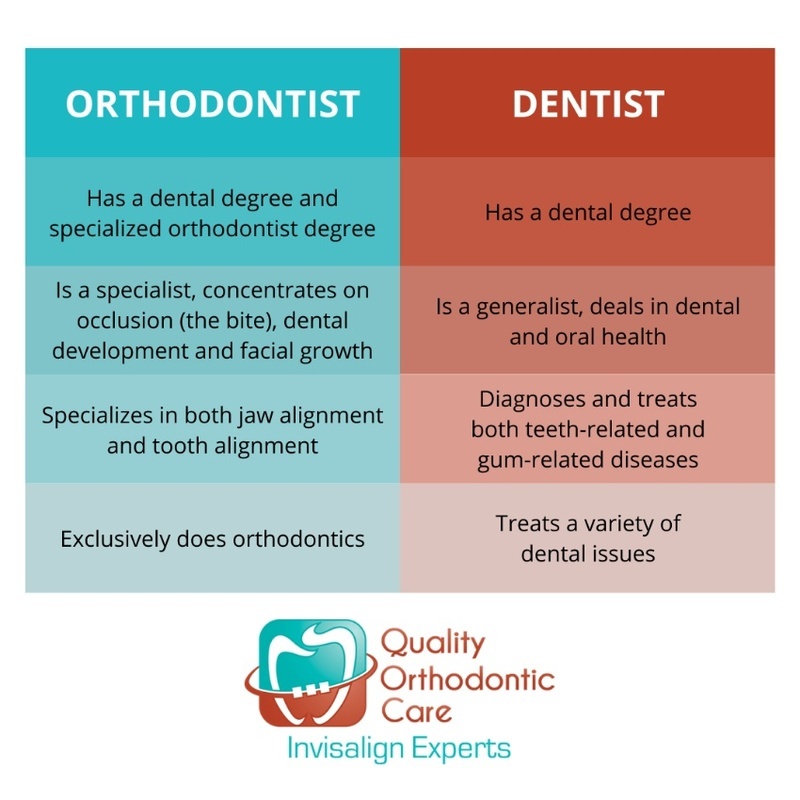Excitement About Causey Orthodontics
Table of ContentsFascination About Causey OrthodonticsThe Ultimate Guide To Causey OrthodonticsThe Facts About Causey Orthodontics Uncovered7 Simple Techniques For Causey OrthodonticsCausey Orthodontics for Beginners
Ignoring occlusal partnerships, it was typical to get rid of teeth for a range of dental problems, such as malalignment or overcrowding. The concept of an undamaged dentition was not extensively appreciated in those days, making bite relationships appear unimportant. In the late 1800s, the principle of occlusion was necessary for creating dependable prosthetic substitute teeth.As these concepts of prosthetic occlusion proceeded, it became an important tool for dental care. It remained in 1890 that the work and influence of Dr. Edwards H. Angle began to be really felt, with his contribution to modern-day orthodontics particularly notable. Concentrated on prosthodontics, he taught in Pennsylvania and Minnesota before routing his attention in the direction of oral occlusion and the therapies needed to preserve it as a normal condition, therefore coming to be known as the "dad of modern-day orthodontics".

The concept of perfect occlusion, as postulated by Angle and incorporated right into a category system, allowed a shift towards treating malocclusion, which is any inconsistency from regular occlusion. Having a full collection of teeth on both arches was highly demanded in orthodontic treatment because of the need for specific connections between them.
Some Known Details About Causey Orthodontics
As occlusion came to be the crucial priority, facial percentages and appearances were overlooked - Causey Orthodontics. To accomplish ideal occlusals without utilizing exterior forces, Angle postulated that having best occlusion was the most effective means to acquire optimal face visual appeals. With the death of time, it ended up being rather evident that even a remarkable occlusion was not appropriate when considered from an aesthetic perspective
It became apparent that orthodontic treatment might change mandibular development, resulting in the formation of functional jaw orthopedics in Europe and extraoral force actions in the United States. These days, both functional appliances and extraoral devices are used around the world with the objective of changing growth patterns and forms. Consequently, seeking real, or at the very least enhanced, jaw connections had come to be the primary goal of treatment by the mid-20th century.
The Greatest Guide To Causey Orthodontics
 Until the mid-1970s, braces were made by covering steel around each tooth. https://www.pageorama.com/?p=causeyortho7., it came to be possible to rather bond steel braces to the teeth.
Until the mid-1970s, braces were made by covering steel around each tooth. https://www.pageorama.com/?p=causeyortho7., it came to be possible to rather bond steel braces to the teeth.Andrews gave an insightful meaning of the excellent occlusion in irreversible teeth. This has had significant results on orthodontic therapies that are carried out routinely, and these are: 1. Appropriate interarchal connections 2. Appropriate crown angulation (pointer) 3. Correct crown disposition (torque) 4. No turnings 5. Limited call factors 6. Apartment Contour of Spee (0.02.5 mm), and based upon these concepts, he found a treatment system called the straight-wire appliance system, or the pre-adjusted edgewise system.
The advantage of the design depends on its brace and archwire mix, which needs only minimal cord flexing from the orthodontist or clinician (best orthodontist near me). It's aptly called hereafter function: the angle of the slot and density of the bracket base eventually determine where each tooth is located with little need for added control
Things about Causey Orthodontics
Both of these systems utilized similar brackets for each tooth and demanded the flexing of an archwire in three airplanes for situating teeth in their desired settings, with these bends determining best placements. When it involves orthodontic appliances, they are split right into two types: removable and fixed. Removable devices can be taken on and off by the client as needed.

Thus, virtually all contemporary fixed devices can be considered variants on this edgewise home appliance system. Early 20th-century orthodontist Edward Angle made a significant payment to the world of dental care. He produced 4 unique device systems that have been made use of as the basis for numerous orthodontic treatments today, preventing a few exemptions.
The Greatest Guide To Causey Orthodontics

The cable ended in a string, and to relocate it forward, a flexible nut was utilized, which enabled a rise in area. By ligation, each private tooth was attached to this large archwire (affordable orthodontist near me). Because of its limited variety of motion, Angle was not able to accomplish precise tooth placing with an E-arch
These tubes held a firm pin, which might be rearranged at each visit in order to relocate them in position. Referred to as the "bone-growing home appliance", this contraption was thought to encourage healthier bone development due to its capacity for transferring force straight to the roots. Applying it showed bothersome in fact.